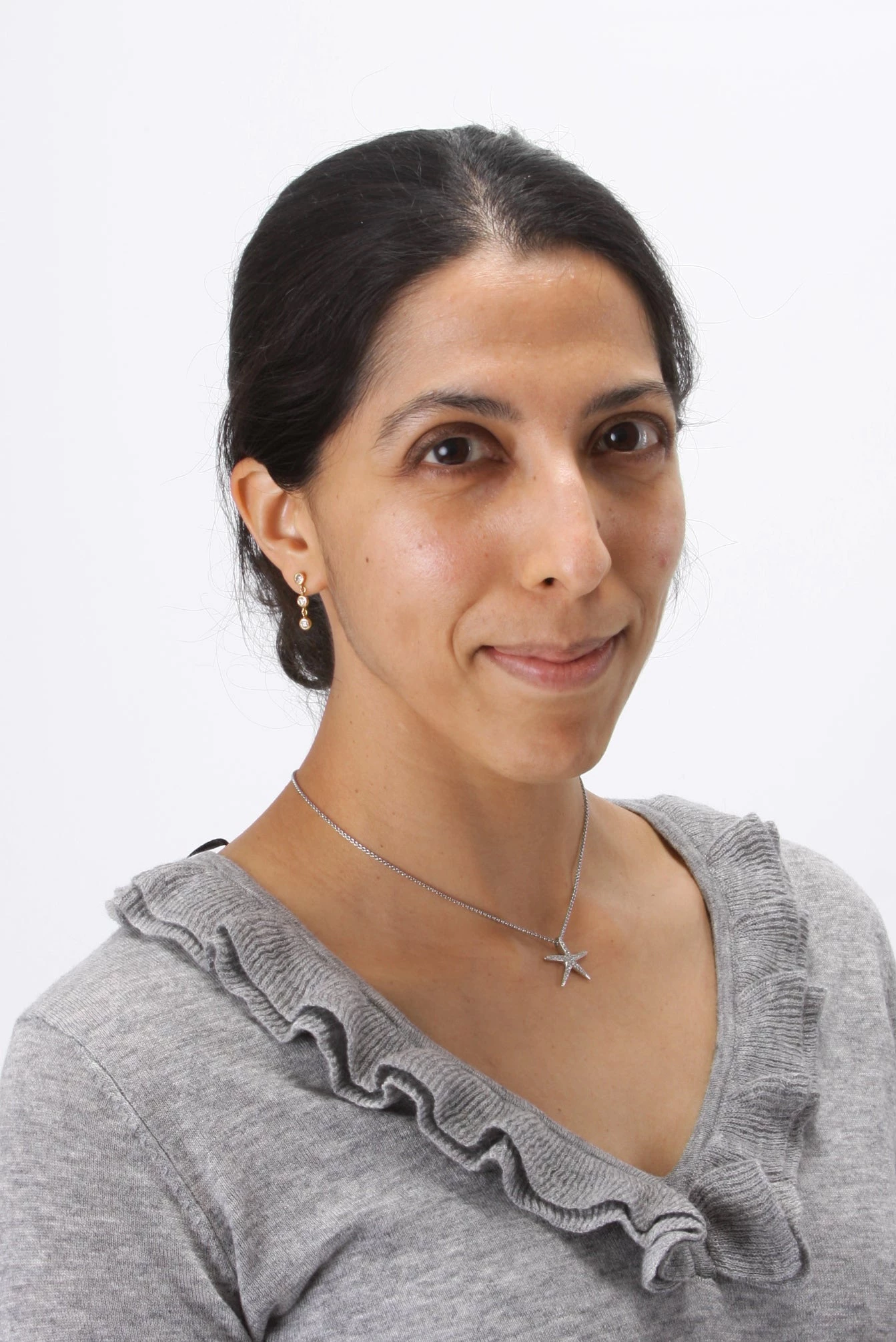 In Cambodia, similar to many developing countries with considerable service delivery challenges and weak regulatory environments, the first choice for health care is often a private medical provider. But despite the overwhelming popularity of such facilities – in Cambodia, more than 76 percent of health care visits in 2005-2006 were to private providers according to the most recent Demographic and Health Survey -- research and interventions mainly have focused on public sector health services.
In Cambodia, similar to many developing countries with considerable service delivery challenges and weak regulatory environments, the first choice for health care is often a private medical provider. But despite the overwhelming popularity of such facilities – in Cambodia, more than 76 percent of health care visits in 2005-2006 were to private providers according to the most recent Demographic and Health Survey -- research and interventions mainly have focused on public sector health services.
Understanding this often-unregulated sector is necessary for governments and donors seeking to improve the quality and availability of medical care received by the average household. But where to begin? In a visit to Cambodia in December, I started by taking a meandering walk through the markets where these clincis operate, their presence marked not by signs, but by word of mouth.
In the rural areas surrounding Phnom Penh, it doesn’t take much walking before you see a private clinic. Last December, in one relatively fancy clinic (five beds, tile walls and flooring), a doctor allowed me to watch him treat his patients, who are first seen by his wife and son. Seven patients passed through in 15 minutes. First, a baby with diarrhea. The doctor’s wife jabbed the baby’s legs with two injections. A middle-aged man who complained of stomach and back pain was diagnosed by a few pokes in the belly with “intestinal inflammation.” He received a lecture about his diet and drinking habits, and eight different types of pills and three injections. For the third patient, diagnosed with hypertension, the doctor drew blood intraveneously and squirted in on to a glucose strip, and then the doctor’s son administered two injections. The fourth patient was an elderly woman lying patiently on a free bed. Before I knew it, she was hooked up to an IV. The fifth patient was another baby with diarrhea, who was already crying, probably because he knew what awaited him: an injection in each leg by the doctor’s wife. The sixth and seventh patients also each received injections.
 A nearby provider was a clone of the fancy licensed doctor, with ample supplies of medicine and syringes and three beds in his clinic. An infant with a runny nose got some pills and two injections in the leg. A young man with a diagnosis of acne also got an injection.
A nearby provider was a clone of the fancy licensed doctor, with ample supplies of medicine and syringes and three beds in his clinic. An infant with a runny nose got some pills and two injections in the leg. A young man with a diagnosis of acne also got an injection.
A nurse in a public health center in a different village told us that there were six private providers in his area (he was one of them). He called himself and the other providers “bag doctors,” since they walk around with bags full of medicines. A director of a public hospital that I spoke with also attested to high rates of dual practice, estimating that 80 percent of the doctors on staff also practice privately.
If you talk to people in the villages, a similar picture emerges. People prefer private providers and often see public providers in their private practices. (A few people, seeing a bag hanging from my shoulder, asked if I could give them medicines.)
These observations suggest serious governance challenges for the health sector in Cambodia. To improve health outcomes, should the government shut down private providers? Should it regulate them? Should it focus on improving quality in the public sector? It’s not clear. We still do not know much about the entire market for health care or the quality of care that the average household receives – in particular, we do not know how prices and quality would respond to these kinds of interventions.
While much of our policy focus in developing countries has been on increasing access to public health facilities and improving providers’ incentives to show up for work, we clearly cannot ignore the issues of the private sector and quality, especially if increasing the quantity of care could actually expose patients to greater risks. Structural measures of quality will not suffice.
 As a walk through the markets of Cambodia showed, these providers are clearly well-stocked with medicines and syringes. We need to go sit in the clinics that households visit and examine the quality of medical advice and treatment that patients receive, similar to what has been done in India, Paraguay, Argentina, Rwanda, Tanzania, Indonesia, and Mexico. Fortunately, this is exactly what the Cambodia Health team at the Bank and the HD Chief Economist’s office is planning to do in the upcoming months, in order to ensure that we can design more effective aid programs that improve average health outcomes in Cambodia.
As a walk through the markets of Cambodia showed, these providers are clearly well-stocked with medicines and syringes. We need to go sit in the clinics that households visit and examine the quality of medical advice and treatment that patients receive, similar to what has been done in India, Paraguay, Argentina, Rwanda, Tanzania, Indonesia, and Mexico. Fortunately, this is exactly what the Cambodia Health team at the Bank and the HD Chief Economist’s office is planning to do in the upcoming months, in order to ensure that we can design more effective aid programs that improve average health outcomes in Cambodia.


Join the Conversation